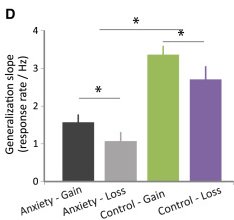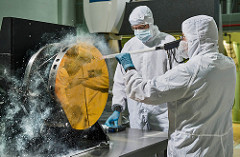In what may or may not have been a close fly-by, asteroid TX68 flew by earth somewhere between 15,000 miles and 3,000,000 miles away on Monday night. First discovered Oct. 6th, 2013, the asteroid flew by then with little data collected. This made the determination of how close the current fly-by would be rather difficult, thus the broad range of distance from Earth. Scientists hope to have a better understanding of the asteroid’s path in space by the next time it comes around.
“There is no concern whatsoever regarding this asteroid — unless you were interested in seeing it with a telescope,” Paul Chodas, manager of CNEOS, assured worried Earthlings in February.
NASA has not yet determined how close TX68 came to Earth, but Rob Landis, a program officer at NASA headquarters, said if the night sky was clear in the west and over Hawaii, NASA should be able to “nail down the orbit.”


 There is also a petition by the student body to not do this.
There is also a petition by the student body to not do this.
 Even after it arrives at its destination, the telescope will have to unfold and cool over another month before it is operational and we will know that it will work as expected.
Even after it arrives at its destination, the telescope will have to unfold and cool over another month before it is operational and we will know that it will work as expected.


